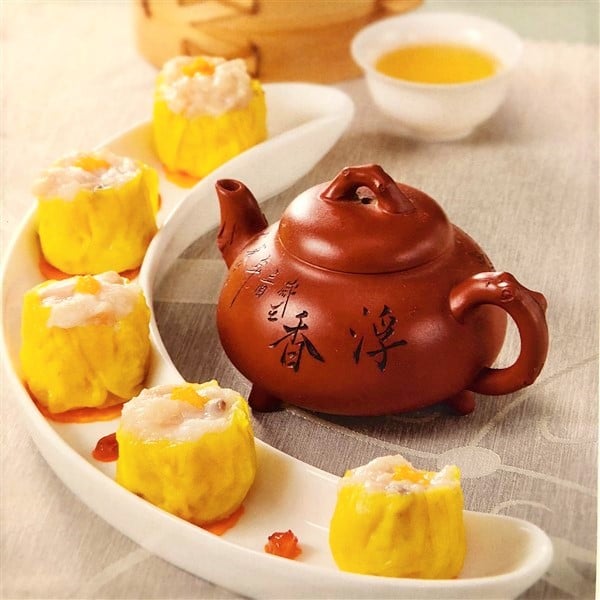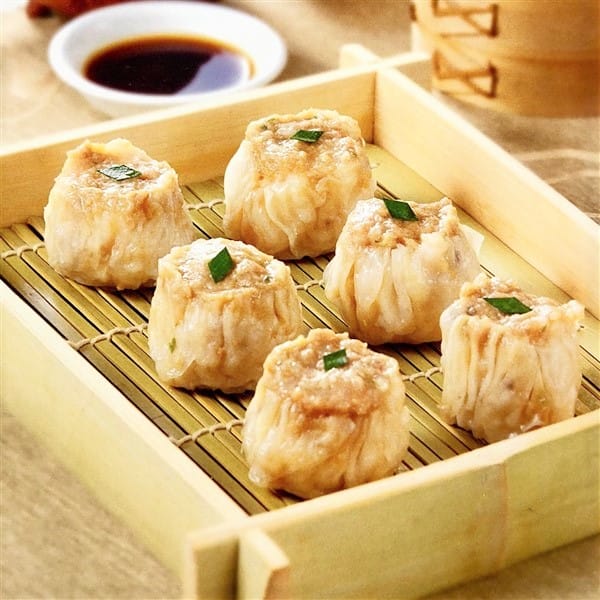Shumai
Shumai originated in the Northern China, where the main type of filling is meat; migrating to the South, sticky rice gradually becomes the top choice. Due to the influence of Hong Kong immigrants all around the world, Shumai are almost exclusively Cantonese-style in other countries and have quickly become popular to Westerners.
Shumai is one of the most popular Dim Sum dishes found in Guangdong Province. Cantonese-style Shumai are relatively small, with typical lengths of under two centimeters; a small container will fit three to four with an appealing presentation. Here you will find top Cantonese-style Shumai easy recipes of all different flavors, as well as complete, step-by-step directions to help you make them a reality in your home kitchen.
Shumai History
Shumai are traditionally called “dry-steamed” or “dry-steamed Shumai” in Guangdong, and were a classic dim sum teahouse snack. They are still considered to be one of the “Big Four” of dim sum. In the past, Shumai were often sprinkled with crab seed or mushrooms. An upgraded version would be topped with freshly cooked abalone and was sometimes even soaked in Chinese herbal soup.

Unlike the skinnier shaped and exquisitely decorated Shumai of the past, today’s Cantonese-style Shumai are shaped much shorter and wider with a round “belly”. Traditional Shumai used to have a skinny elegant waist, with egg yolk or crab seed sprinkled all over the top. A small dim sum basket can fit 4 of these delicately crafted little treats (weighing approximately 25 grams). The modern Shumai have lost much of the frills and decoration of the past. Due to the loss of Shumai craftsmanship and larger portions of meat being used as filling, Shumai wraps break through too easily, this fine dim sum cuisine has transformed into a larger and rounder form.
Why is Shumai also called “dry-steamed”?
Shumai are also called “dry-steamed”, because the outer surface is dry while the inside is filled with savory juice. This succulent filling does not come from additional water, but instead the juice from the meat and shrimp during the steaming process. The ratio of pork to shrimp is 6:4 in conventional Shrimp Shumai. Higher end dim sum restaurants will often make Shrimp Shumai with more even proportions while the pork itself will typically be 70% lean.


